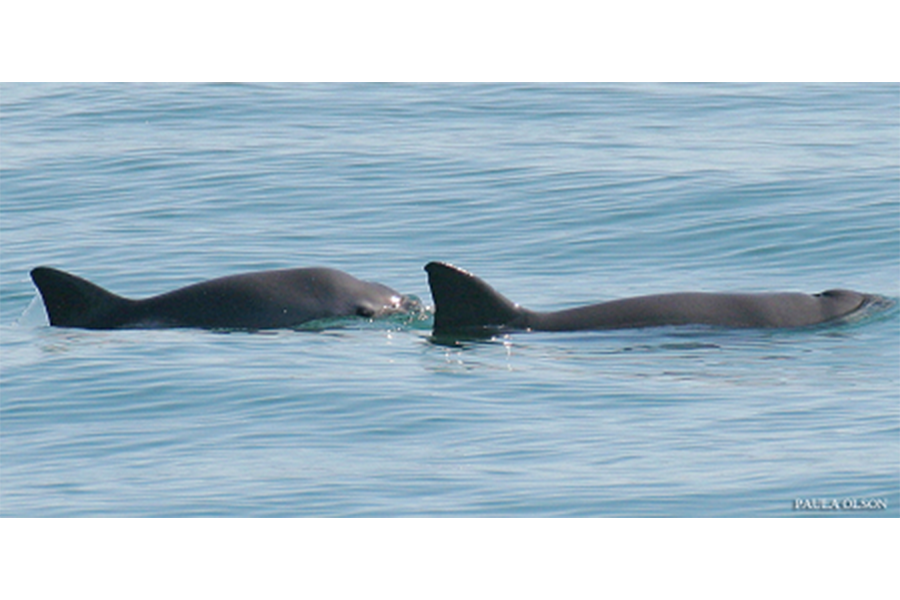The world's smallest porpoise is in trouble. Can the 'little cow' be saved?
Loading...
Scientists are in a scramble to save the world's most endangered marine mammal before it goes extinct from illegal fishing.
The population of the vaquita, the world's smallest porpoise, is dangerously low, according to a population study of the "little cow," its translation from Spanish. The International Community for the Recovery of the Vaquita estimates there are only 60 of the porpoises left, 37 less than its estimates in 2014. The porpoise, known for a distinctive smirk, is only found in the waters in Mexico's Gulf of California.
"I believe it is possible to still save the vaquita," Omar Vidal, of the World Wildlife Foundation's Mexico office, told the Associated Press. "The Mexican, US and Chinese governments need to take urgent and coordinated action to stop the illegal fishing, trafficking and consumption of totoaba products. In the end, if the vaquita goes extinct it would inevitably be a shared responsibility of the three countries."
The vaquita has become a casualty of Chinese appetites for the totoaba, a rare fish whose swim bladder is said to have medicinal qualities. Poachers catch totoabas in gill nets, vertical nets that trap the fish as well as other marine life including the vaquita, according to National Geographic.
The Mexican government suspended the use of gill nets in parts of the gulf, and planned to compensate fisherman who discard them. Still vaquita porpoises continue to die, as a totoaba bladder can sell for $5,000 in the United States and double that amount in Asia.
The vaquita's demise, although peculiar, is part of a larger narrative: the decline of global fisheries.
Since marine fishery production peaked at 130 million metric tons in 1996, it has declined every year by more than one million metric tons, largely because of industrial fishing, as The Christian Science Monitor reported in January. From 1950s to the 1990s, industrial fishing fleets from countries such as the United States and China ventured to farther waters, fishing off the coast of developing countries. In the Gulf of California, it's no different, with fisherman using gill nets to increase their catch.
Since 2004, the Mexican government has introduced a number of measures to save the vaquita. It established a refuge in the northern part of the gulf, according to the Marine Mammal Center, a California rescue organization. In April 2015, it pledged $70 million to ban gill net fishing in the upper half of the gulf, and promised to pay fisherman for not using gill nets.
However, most of the 2,700 fisherman are paid only a few hundred dollars for replacing their gill nets, while a few were paid tens of thousands, the Center for Biological Diversity's Alejandro Olivera told the Associated Press. As calls continue for the government to reform this enforcement program, vaquita numbers continue to dwindle.
Since the population estimate was performed, three vaquitas have been found dead. If this trend continues, experts are unsure they can save the vaquita; no one has ever kept a vaquita alive in captivity.
If the vaquita becomes extinct, it will be just the fifth marine mammal to become extinct in modern times, following the fate of the Stellar's sea cow, the Carribean monk seal, the Japanese sea lion, and the Chinese river dolphin.
Activists worry that the disappearance of the vaquita could spell the end for other wildlife in the ecosystem.
This report contains material from the Associated Press.







